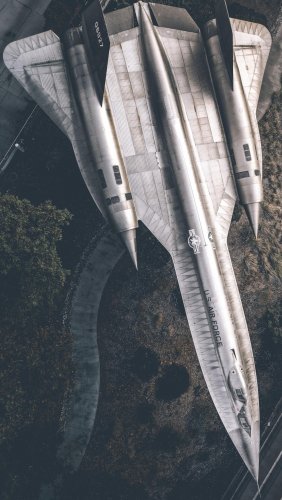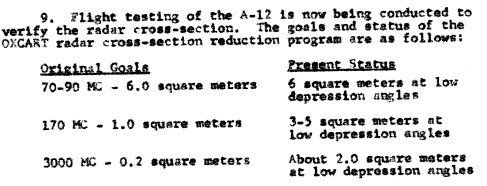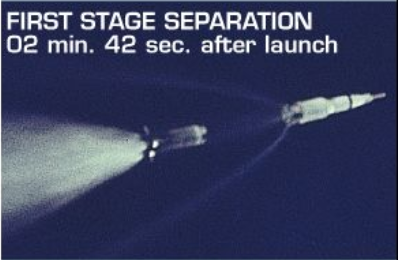- Joined
- 24 January 2006
- Messages
- 1,322
- Reaction score
- 468
Sundog said:The performance they actually flew is from Paul F. Crickmore's books on the Blackbird. I can't remember where I found the design specs for the Blackbird. I don't know if it was Ben Rich's book or one of my engineering papers.
Pretty sure you've got OXCART confused with FISH. Convair's FISH was the Mach 4 parasite jet competing against Lockheed's early designs before all of the contenders were basically thrown away. Lockheed came back with the A-11/A-12, and Convair came back with KINGFISH. OXCART was never intended to be a Mach 4 platform.
Sundog said:IIRC in PFC's books, Blackbird pilots were allowed to normally go up to M=3.2 If they needed to they could push it to M=3.4. But above M=3.5 they needed permission as I noted above.
Mach 3.2 was the design speed for the SR-71A. But...Mach number varies with temperature and altitude, so a more appropriate way to think of the performance is in relation to the engine CIT. I've never heard of an SR-71A going Mach 3.7 over Hanoi, and I've got everything Paul has written. Plus pretty much all of the other Blackbird books. There was one weird Hanoi overflight, but it happened at a much lower speed and altitude than planned due to engine issues. They ended up at Mach 1.7 and 41,000 feet over Hanoi, not someplace they really intended to be! Maybe you confused Mach 1.7 with 3.7?
Hobbes said:According to the document posted by Gridlock, the big difference between A-12 and SR-71 was the sensor suite. What good is the extra speed if you need 3 A-12 sorties instead of one SR-71 sortie?
They were designed to do different things. The A-12 was a survivable photographic intelligence platform for the CIA to replace the U-2. The USAF needed the SR-71 to gather more types of intel, so it had a more varied sensor suite. That being said, the camera in the A-12 was often better performing than the smaller cameras in the SR-71, and they were working on SLAR and ELINT packages for the A-12 when the program was cancelled. The A-12 did have a semi-ELINT capability, but it mainly consisted of gathering signals that painted the jet as opposed to sniffing out everything it could find.









